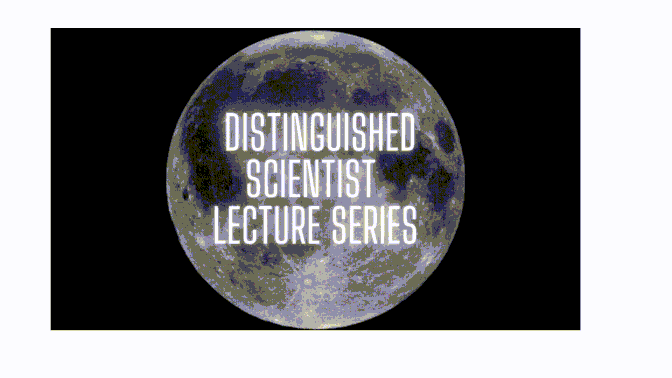
Radiation and Society
Loading...
Files
Download Transcript (306 KB)
Description
(Abstract taken from the Distinguished Scientist Lecture Series Program 1988-1989).
A Nobel laureate, Dr. Yalow is the Solomon A. Berson Distinguished Professor-At-Large of the Mount Sinai School of Medicine of the City University of New York. Dr. Yalow also serves as Chief of the Veterans Administration Radioimmunoassay Reference Laboratory, Senior Medical Investigator for the Veterans Administration, and Director of the Solomon A. Berson Research Laboratory at the Veterans Administration Hospital in the Bronx, New York. In 1945, Dr. Yalow became the second woman to earn a Ph.D. degree in physics from the University of Illinois, Urbana, where she also earned her M.S. degree. Her teaching experience includes service as the Chairman of the Department of Clinical Sciences at the Montefiore Medical Center in the Bronx, New York, and as Professor Emeritus at Albert Einstein College of Medicine at Yeshiva University in New York City. Dr. Yalow won the Nobel Prize in Physiology or Medicine in 1977 for her development of radioimmunoassay, which is an application of nuclear physics in clinical medicine. She was the second woman to be so honored. Dr. Yalow's additional honors include Enshrinement by the Engineering and Science Hall of Fame, Dayton, Ohio (1987), Sesquicentennial Commemorative Award of the National Library of Medicine (1986), Georg Charles de Hevesy Nuclear Medicine Pioneer Award (1986), Gratum Genus Humanum Gold Medal of the World Federation of Nuclear Medicine and Biology (1978), American Academy of Achievement Golden Plate Award for Salute to Excellence (1977), and the "La Madonnina" International Prize of Milan (1977). A member of the National Academy of Sciences, Dr. Yalow is the co-editor of Hormone and Metabolic Research.
Her Work Dr. Yalow has been a pioneer in the use of the radioimmunoassay in medical research and diagnosis. She introduced the technique a quarter of a century ago as a method of measuring the blood levels of insulin in diabetes patients. Subsequently, in both experimental and clinical medicine, the technique has proven extremely useful for the accurate determination of biologically active chemicals that occur at concentrations too low for previous methods of quantitative analysis.
(This information was taken from the Distinguished Scientist Lecture Series Program 1988-1989).
Keywords
Radiology
Creation Date
April 15, 1989
Recommended Citation
Yalow, Rosalyn S., "Radiation and Society" (1989). DSLS 1988-1989. 5.
https://digitalcommons.bard.edu/dsls_1988_1989/5
Transcript

